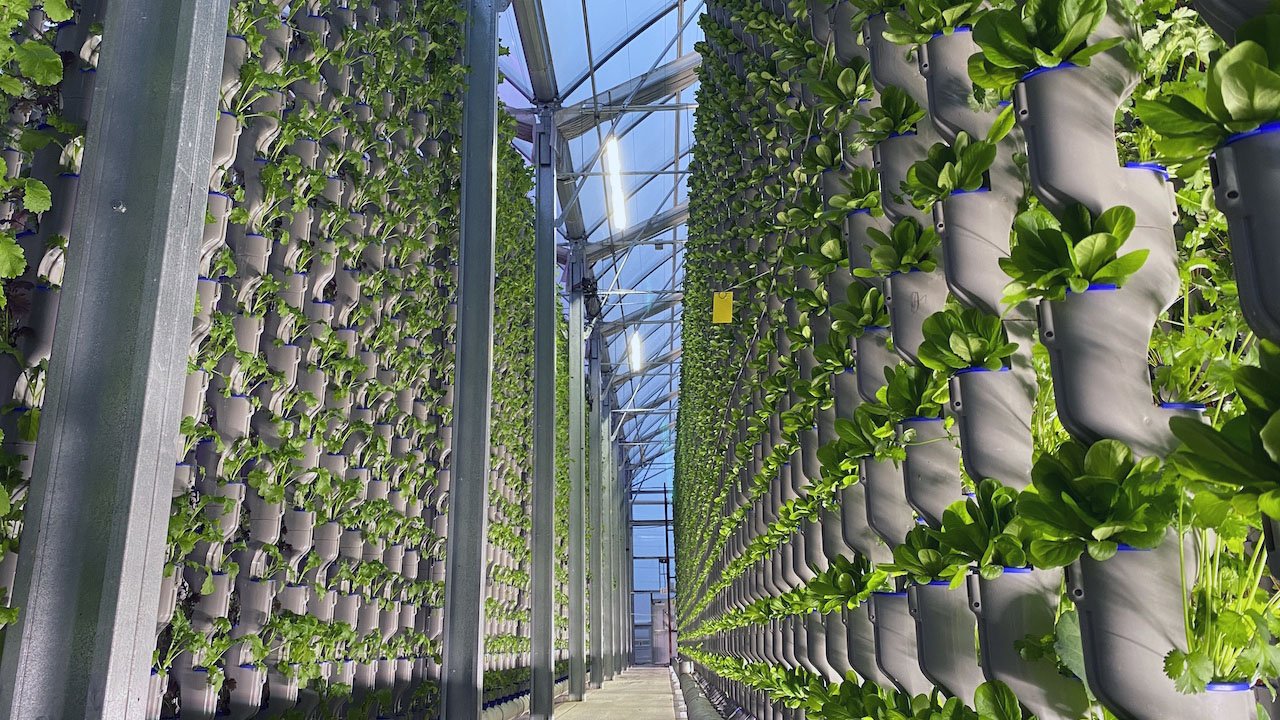What Is Plant Health Management?
Plant health management means keeping plants healthy with a proactive approach, rather than a reactive one. This strategy involves planning ahead instead of waiting for pests or disease to show up.
The pillars of strong plant health management are strong roots, proper water and nutrients, and clean growing spaces. It helps plants fight off problems on their own so they can thrive in a safe, natural way.
Core Principles and Philosophy
At the heart of plant health management is a simple idea: strong, healthy plants can better resist bugs, diseases, and stress. Instead of waiting for problems to pop up, growers work to create the best conditions from the start.
That means focusing on factors like balanced nutrition, clean water, and an appropriate environment. Treating sick plants puts growers one step behind where they want to be. Plant health management means always staying ahead.
Plants don’t grow alone. They’re part of a bigger system that includes soil, water, air, and other living things. Caring for the system as a whole ensures your plants can thrive naturally.
How Scientific Discovery Shaped Plant Health Management
Plant health management has come a long way. In the past, growers mainly tried to kill diseases with chemicals or plant varieties that could resist them. But this didn’t always solve the problem and sometimes caused new ones.
Thanks to science, we know that plants are part of a larger system. One big breakthrough was the “gene-for-gene” model, which showed how plants and diseases evolve together. This helped experts understand how to build longer-lasting resistance.
Researchers found that good nutrition helps plants grow strong and fight off disease. Nutrients like magnesium, nitrogen, and iron are key. Soil life and balanced nutrients are essential to the plant health approach.
Pillars of Effective Plant Health Management
Strong plant health management involves some important building blocks. These include healthy soil, environment, and tools to spot problems early. These elements come together to keep plants growing strong and naturally protected.
Let’s take a closer look at how these pieces fit together.
Soil Health and Nutritional Balance
Healthy soil is the foundation of plant strength. Plants can grow deeper roots and absorb nutrients more easily when the soil has good structure and plenty of helpful microbes. This boosts their natural defenses.
Certain minerals like calcium, phosphorus, and magnesium are especially important. They help build strong cell walls and make it harder for diseases like Botrytis to break through.
Compost and organic matter also improve water retention and increase the number of good microbes in the soil.
Smart Water and Environmental Optimization
Watering plants requires special consideration as well. Precision irrigation gives each plant exactly what it needs—no more, no less. This strategy prevents stress and damp conditions, which often lead to disease.
But water is only part of the story. In our greenhouses, we carefully manage airflow, plant spacing, light, and temperature. Together, these elements create microclimates that support strong growth and natural resistance.
Healthy environments help plants make better food (carbohydrates) to feed good microbes and keep disease in check.
Monitoring, Diagnostics, and Risk Assessment
Regular visual checks, soil tests, and tools like environmental sensors are important steps in protecting plant health. They spot stress, pests, or disease before they spread.
Growers also use risk assessments to decide when and how to act. This helps avoid overreacting or waiting too long, saving time and resources.
Using mobile apps and clear checklists can keep everyone involved in the growing process on the same page.
Biological and Cultural Strategies for Natural Defense
Your solution to protecting plants won’t come from a spray bottle.
Biological control means using helpful bugs and microbes to keep bad ones away. These tiny helpers can feed plants and fight off disease.
Cultural practices are strategic growing habits like rotating crops, keeping tools clean, and not planting too close together. These proactive steps keep soil healthy so you don’t run into problems later.
The idea behind these strategies is to give plants strong, natural defenses that work well and cost less.
Precision Agriculture and Technology Integration
AI and machine learning are some of the technologies changing how we grow food. Now, growers can track plant health every step of the way. Real-time sensors measure light, moisture, and temperature so growers can quickly detect when something’s off.
Variable-rate application means giving each plant just the right amount of water or nutrients based on maps and sensor data. With this strategy, there’s no waste and no guessing. Remote sensing and GIS mapping make this possible, even across large growing areas.
At Eden Green Technology, automation and advanced tools reduce the water, fertilizer, and labor growers need. At the same time, we ensure our plants are healthy and harvests are consistent.
Regulatory Standards and Global Cooperation
Keeping plants healthy is a global effort. In the U.S., the Animal and Plant Health Inspection Service (APHIS) protects crops by tracking pests and diseases. Their tool, IPHIS (Integrated Plant Health Information System), tracks data and ensures everyone follows the same safety rules.
Around the world, agreements like the International Plant Protection Convention (IPPC) help countries share information. Teamwork like this prevents the spread of pests and disease among plants by keeping everyone aware of current trends and data.
Certification programs make sure farms follow safe, science-based practices. These programs give buyers and growers more trust in the food system.
The Economics of Sustainable Plant Health
When plant health fails, the costs can be massive, around $220 billion every year worldwide. Most of this loss hits hardest in places where food is already in short supply.
Cost Efficiency and ROI in Preventive Management
Fixing plant problems after they appear is often expensive and less reliable. Reactive treatments can add up fast, especially when crops are already damaged.
Preventive plant health management takes a different approach. It focuses on keeping plants strong from the start, which lowers the chance of major problems. Healthy systems use fewer inputs, like water and chemicals, and produce more consistent, high-quality harvests.
Resource Optimization and Environmental Benefits
Knowing how and when to use water, nutrients, and pest control at the right time reduces waste and protects natural resources. Precision tools and strategic planning let growers meet each plant’s needs without overdoing it.
Biological and cultural strategies work well together, too. When combined, they lower the need for the use of outside products on a healthy farm.
These methods also pave the way for cleaner water, healthier soil, and more biodiversity. Less runoff and a more natural balance create a sustainable farm that benefits people and the planet.
Future Outlook and Innovation Drivers
The way we care for plants evolves alongside climate and technology. New tools, intelligent systems, and better data are shaping the future of farming. To stay ahead, growers must be flexible, creative, and ready to adapt.
Adapting to Climate Change
Weather patterns are changing, and so are the pests and stress plants face. Warmer temperatures causes bugs to populate faster and spread to new places. At the same time, changes in rain and heat can make it harder to sustain healthy plants. Growers are adapting by planting heat-tolerant crops, changing planting schedules based on data about weather and disease risks.
The Role of AI, Biotech, and Nanotech
New technology is helping growers take better care of plants. Here are three prominent examples:
AI (artificial intelligence) analyzes data such as plant color, temperature, and growth and finds patterns. It helps farmers decide when to water, feed, or treat plants.
Biotech tools, like gene editing, are used to grow plants that can fight off bugs or handle bad weather.
Nanotech uses tiny particles to deliver food or protection right to the plant where it’s needed most.
These tools work best when they’re part of a comprehensive strategy. Combining this technology with good farming habits saves resources and grows healthier plants.
A Holistic Path to Resilient Plant Systems
Plant health management means creating a complete system that helps plants grow stronger, naturally. Here are a few key takeaways:
Healthy plants are better at fighting off stress, pests, and disease.
Prevention works better and costs less than treating problems later.
Clean water, good soil, and a healthy environment are essential.
Natural tools and new technology work best when used together.
Smart farming helps protect the planet and feed more people.
FAQs
What is a plant healthcare program?
A plant healthcare program is a plan to keep plants strong using regular checks and natural tools, so they don’t get sick in the first place.
What is a plant hospital?
A plant hospital is a space where growers isolate and treat unhealthy plants. It helps prevent issues from spreading while giving those plants a better chance to recover.
What does a plant doctor do?
A plant doctor checks crops for signs of trouble and gives advice on how to keep them healthy. They use science, tools, and tests to help growers stop problems early and grow stronger plants.
How do I become a plant care specialist?
Start by learning plant science and growing techniques. Many specialists study agriculture or horticulture, then gain hands-on experience in greenhouses or farms.







